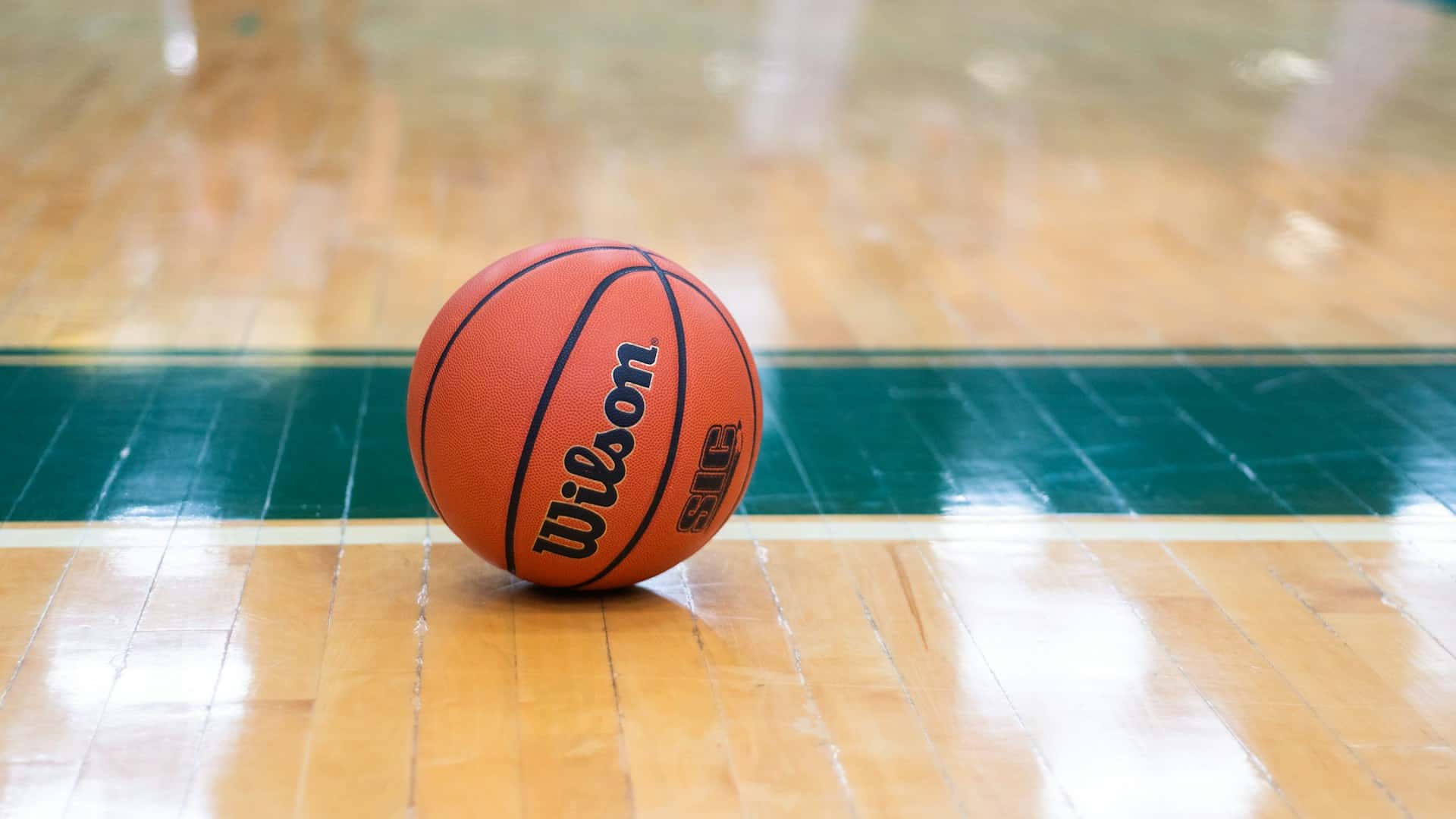As a coach, trainer, or team manager, one of your paramount responsibilities is ensuring your athletes are always in optimal condition. This is not confined to just their performance during the game but extends to their recovery post-exercise as well. Designing an effective recovery session can be a game-changer for basketball players. With the high intensity and physical demands of the sport, from sprinting to jumping, muscle damage and fatigue are inevitable. The recovery period is then essential in replenishing energy stores, repairing muscle tissue, and ultimately improving overall performance. This article will delve into the key factors to consider when designing effective recovery strategies for basketball teams.
Understanding the Importance of Recovery
Before we dive into the specifics, it’s crucial to understand the significance of recovery in the training regimen. Basketball is a high-impact sport that poses significant demands on the athlete’s body. Sprinting, jumping, and quick directional changes are just some of the movements that players need to make, all of which put substantial stress on their muscles. In response to this, the body triggers a physiological process to repair the damaged tissues.
Lire également : How to Effectively Monitor Hydration Levels in Athletes During Desert Ultramarathons?
Recovery sessions are not merely about getting rest. Instead, they encompass a variety of practices and interventions aimed at enhancing this physiological response. Studies found on Google Scholar show that incorporating recovery sessions in an athlete’s training program can boost overall performance, reduce injuries, and increase the players’ career longevity.
Balancing Training and Recovery Time
When planning recovery sessions, striking a balance between training and recovery time is crucial. Overtraining can lead to muscle fatigue and an increased risk of injury, while under-recovery can hamper the players’ performance during the game.
Dans le meme genre : How Can Hypoxic Training Benefit Swimmers Preparing for High Altitude Competitions?
The ratio of training to recovery should be individualized according to each player’s physical condition, level of fatigue, and the intensity of their previous training or game. High-level athletes may require more recovery time due to the intensity of their performance. According to Pubmed sources, a minimum of 48 hours rest between high-intensity training sessions is often recommended for optimal recovery. However, it’s vital that each player’s recovery is monitored and adjusted accordingly to ensure it meets their individual needs.
Incorporating a Variety of Recovery Strategies
Recovery should not be a one-size-fits-all approach. Instead, it should incorporate a variety of strategies to address the different aspects of the athlete’s recovery needs. Among the most common recovery methods used in sports are active recovery, sleep, nutrition, hydration, cold therapy, and massage.
Active recovery, such as light aerobic exercise or stretching, helps increase blood flow to the muscles, promoting faster recovery. Adequate sleep is crucial for muscle repair and growth, while proper nutrition and hydration replenish energy stores and aid in the recovery process. Cold therapy, which can be in the form of ice baths or cold packs, is believed to help reduce inflammation and accelerate muscle recovery, and massages can help relieve muscle tension and promote relaxation.
Utilizing Technologies and Tools
With the advancement of sports science, several technologies and tools have become available to help monitor and enhance an athlete’s recovery. Among these are wearable devices that track heart rate, sleep quality, and other physiological indicators. These devices provide valuable data that can be used to personalize recovery strategies.
Additionally, platforms like Crossref provide access to a wealth of research studies on sports recovery and conditioning. These resources can be leveraged to keep abreast of the latest findings and best practices in sports recovery, ensuring that your recovery sessions are evidence-based and effective.
Implementing a Recovery-Focused Culture
Finally, fostering a culture that values recovery is vital. Players should understand the importance of recovery in enhancing their performance and reducing injury risk. Coaches and trainers should promote recovery as an integral part of the training program, rather than an optional add-on.
Part of promoting a recovery-focused culture involves educating players on recovery strategies and best practices. This could be through workshops, seminars, or informal sessions. The ultimate goal is to empower athletes to take charge of their recovery, helping them make informed decisions about their recovery practices.
Focusing on recovery can reap significant benefits for a basketball team. From improving performance and reducing injury risk to boosting player longevity, effective recovery strategies are a cornerstone of any successful sports program. By considering these key factors, you can design effective recovery sessions that cater to your athletes’ needs and set them up for success.
Incorporating Scientific Research into Recovery Strategies
Incorporating scientific research into your recovery strategies is of critical importance. Accessible databases such as Google Scholar or Pubmed are excellent places to start when looking for the most recent and relevant articles concerning basketball players’ recovery.
You can find a plethora of research on topics such as optimal training load, heart rate monitoring, strength conditioning, muscle soreness, water immersion, active recovery, and post-exercise strategies. Using scientific literature as your guide will assist you in designing a recovery program that is evidence-based and effective.
For instance, a systematic review found on Pubmed suggested that reducing training load for a few days after a high-intensity game can significantly decrease muscle fatigue and enhance performance. Similarly, research from Google Scholar indicated that active recovery strategies such as light aerobic exercise or stretching can increase blood flow and speed up muscle repair.
An excellent practice is to regularly review the latest scientific literature and adjust your recovery strategies accordingly. This proactive approach ensures your players are benefitting from the most up-to-date methods, enhancing their recovery, and maximizing their performance.
The Role of Monitoring and Technology in Recovery
The use of technology has revolutionized the way we monitor players’ recovery. Tools such as wearable devices that track heart rate, sleep quality, and other physiological indicators have become an integral part of many basketball training programs. The data these devices provide can be invaluable in personalizing recovery strategies for each player.
For instance, tracking heart rate can give insights into a player’s cardiovascular fitness and training load, while monitoring sleep quality can indicate whether they are getting enough rest for optimal recovery. Meanwhile, tracking muscle soreness can help prevent overtraining and reduce the risk of injury.
Additional tools such as massage guns, foam rollers, and cold compression therapy can also aid in recovery. A free article from Sports Med suggests that massage guns can help alleviate muscle tension and soreness, while another paper on PMC Free underscores the benefits of foam rolling for flexibility and recovery.
By leveraging these technologies and tools, you can provide personalized, effective recovery strategies for your basketball players.
Conclusion
To ensure the peak performance of your basketball team, designing effective recovery sessions is just as necessary as planning rigorous training schedules. Understanding the significance of recovery and balancing training with sufficient recovery time are the first steps toward achieving this.
Incorporating a range of recovery strategies, such as active recovery, sleep, nutrition, hydration, cold therapy, and massage, allows for a comprehensive approach to player recovery. The use of recent scientific research, available on platforms like Google Scholar and Pubmed, can provide valuable insights into the most effective recovery techniques.
With today’s technology, monitoring players’ recovery has never been easier. Wearable devices that track heart rate, sleep quality, and other physiological indicators offer a window into each player’s recovery status, allowing for personalized strategies that cater to their unique needs.
Lastly, fostering a recovery-focused culture within your team is fundamental. Educating your players about the importance of recovery and empowering them to take charge of their recovery practices are key to this.
By considering these factors, you can design a recovery program that not only enhances your players’ performance but also boosts their career longevity.






